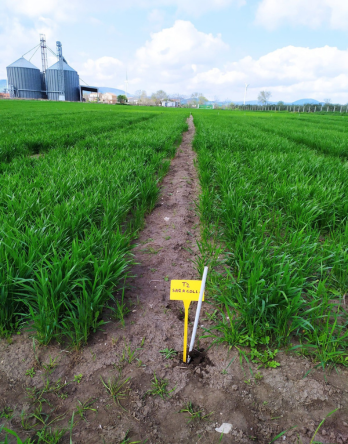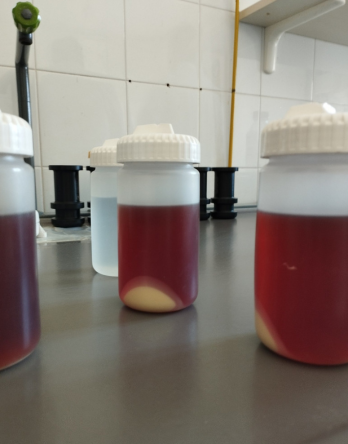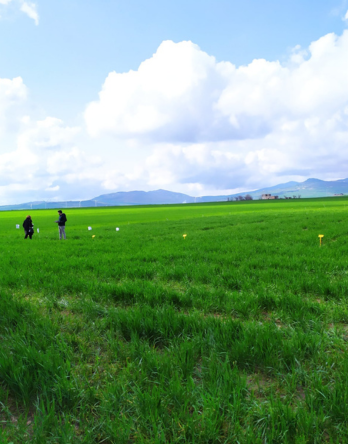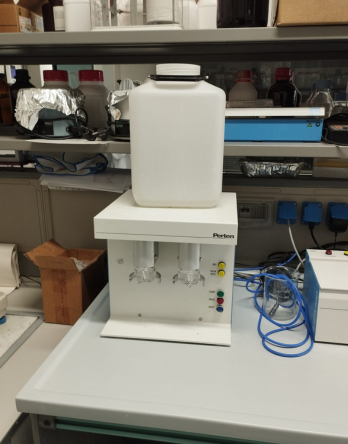

The project SODOSOST - Optimization of sowing practices in durum wheat to improve the sustainability of cereal farming in Puglia - has been financed under the public notice for the submission of applications for support under Submeasure 16.2 and 2 supports the implementation of pilot projects and activities for the development of new products, practices, processes and technologies in the agri-food and forestry sector, as well as the transfer and dissemination of the results obtained by Operational Groups.
The project was granted aid under the Public Notice approved by D.A.G. no. 194 of 12/09/2018, published in the B.U.R.P. no. 121 of 20/09/2018, which provides for a total contribution of €. 460,700.00 against a total expenditure eligible for benefits of €. 460,700.00
Puglia is the main Italian reality in cereal cultivation with 411,575 hectares dedicated. Production, at about 1.5 million tons, is particularly focused on durum wheat, oats, and other minor cereals (ISTAT).
Within Apulian cereal farming, the area involved in sowing on sod has increased in recent years and is set to increase further due to the incentive measures provided by the 2014 - 2020 Rural Development Plan toward conservation agriculture and, in particular, toward the adoption of no-tillage practices.
These practices have considerable advantages mainly due to both a pronounced reduction in surface erosion of soils and direct tillage costs, as well as an increased water reserve capacity of the soils.
While this technique has undisputed environmental and economic advantages, in accordance with what has emerged from the meetings organized among GO members and from what is reported in the relevant bibliography, there are some critical issues to be overcome in order to promote its diffusion. The main ones concern:
control of fungal diseases and weeds, the management of which results in high production costs due to the necessary and recurrent use of herbicides and fungicides;
Lower efficiency of phosphorus and nitrogen use.
The protection of grain from insect attacks during storage.
In addition, while good production standards can be ensured with sowing in the field, quality performance is slightly lower.
The SODOSOST project therefore involves the implementation of a series of activities aimed at the development and transfer of innovative techniques capable of overcoming the critical issues highlighted in the previous paragraphs.
Conservation agriculture and dryland planting in particular is a farming system that has the potential to minimize environmental impact while performing an important service in the "fight against climate change." Being an "energy-saving" technique, in fact, it allows to reduce the consumption of fossil fuels and has the potential to transform agricultural soils into carbon sinks, with interesting implications in terms of soil fertility (organic matter and humus) and mitigation of the greenhouse effect. The overall aim of this project is to contribute to a greater diffusion of conservation agriculture practices (sowing on sod) for durum wheat in the regional and national territory, improving the sustainability and food security of production through innovative technical means and cultivation techniques and optimizing eco-sustainable strategies during the field and post-harvest phases.
To achieve the overall goal, the following operational objectives will be pursued:


The innovations that will be developed by the project will be of easy transferability to the productive world and can generate important effects even in a short period of time.
From the production point of view, the expected results are as follows:
Reduction of production costs and maintenance/increase of yields.
Expansion of the cultivated area according to the techniques developed with the project, thanks to the increase in competitiveness that the innovations will confer to this type of cultivation.
From an economic point of view, it is expected:
A reduction in production costs, a consequence of the lower use of production inputs per unit of product obtained (savings in fertilizer and phytosanitary treatments, both pre and post-harvest).
Potential improvement in the selling price of the product as a consequence of its characterization and better knowledge of the target market capable of enhancing the value of this type of product.
Improved profitability of farms and the supply chain.


an improvement in employment opportunities in the area, but more importantly, an improvement in working conditions in the production and post-harvest stages (due to improved sustainability).
Coordination activities include secretarial duties and technical-operational coordination, management of project committee meetings, financial control and reporting of partners working within the Project Operations Group.
this section encompasses all activities pertaining to project control, which is divided into several phases: execution process (the set of activities to ensure the implementation of what is planned in the project); the control and monitoring process; risk analysis and mitigation methods.
